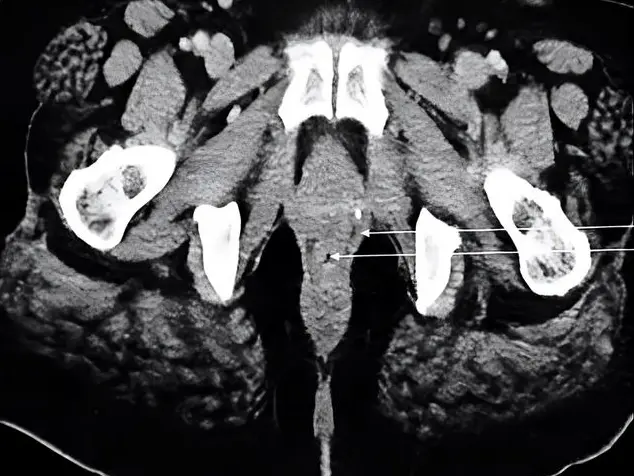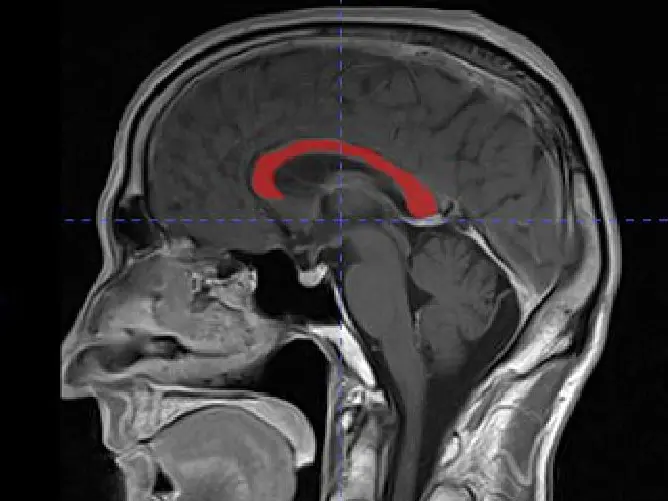The period of peri-menopause (PMP) is characterized by hormonal fluctuations that impact the strength and health of bones. Oxytocin (OX), a small peptide known to be present in bone tissue, is the focus of this study. The objective of this research is to gain a better understanding of how OX precisely functions in the remodeling process of the mandibular bone. This understanding is seen as a crucial step in preventing the loss of both cortical and trabecular bone during the PMP. The current findings indicate that OX plays a role in preserving both compact and trabecular bone tissues, enhancing the mineral-to-matrix ratio, and regulating bone markers. Furthermore, it reduces porosity in both cortical and trabecular bone levels. Interestingly, these effects are reversed when an oxytocin receptor antagonist (GSK-221,149-A) is introduced, suggesting that OX’s bone-preserving action is primarily mediated through the oxytocin receptor, rather than other mechanisms.
Effect of oxytocin receptor antagonist (GSK-221-149-A) on mandibular bone porosity in peri-menopausal rats
Ahmed S. Ahmed1,2, Liju S. Mathew2, Marwa M. Mona3, Omaima K. Docmac1, Hoda A. Ibrahim4, Amira M. Elshamy4, Ehab M. Hantash1, Rasha A. Elsisy5
1 Anatomy and embryology department, College of Medicine, Tanta University. Tanta 31511, Egypt
2 Biomedical Sciences department, College of Medicine, Gulf Medical University. Ajman 4184, United Arab Emirates
3 Medical biochemistry and molecular biology department, College of medicine, kafrelsheikh University. Kafrelsheikh 33516, Egypt
4 Medical biochemistry and molecular biology department, College of Medicine, Tanta university. Tanta 31511, Egypt
5 Anatomy and embryology department, College of medicine, kafrelsheikh University. Kafrelsheikh 33516, Egypt
SUMMARY
Eur. J. Anat.
, 28
(3):
339-
349
(2024)
ISSN 2340-311X (Online)
Sign up or Login
Related articles
Original article
Original article



